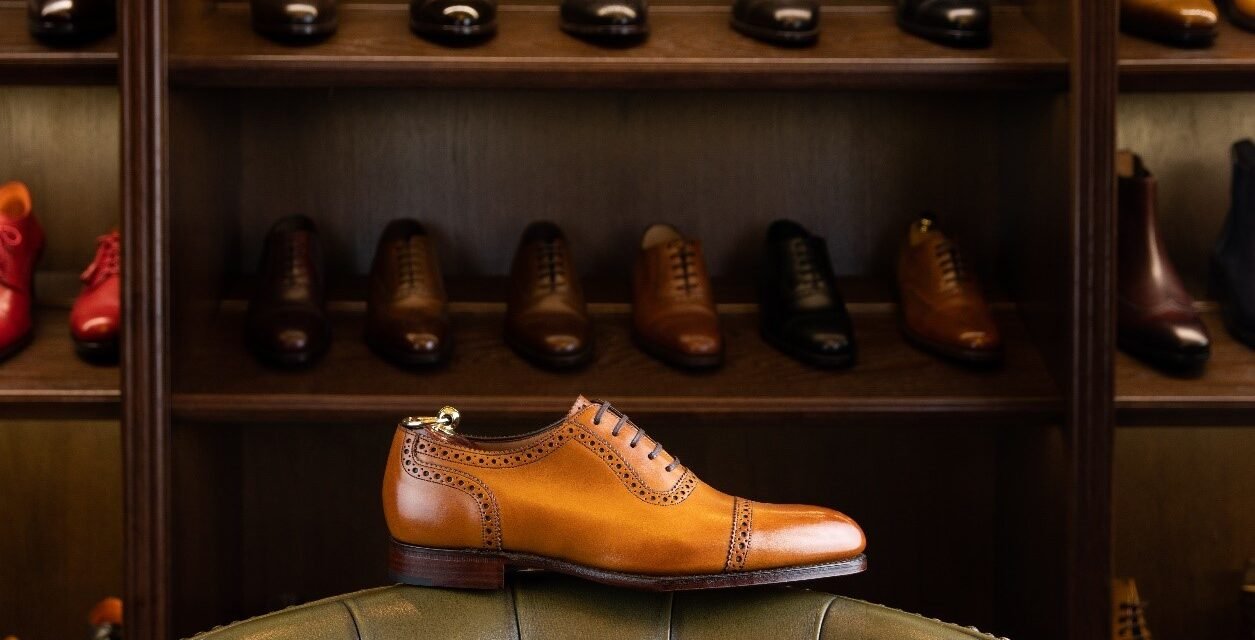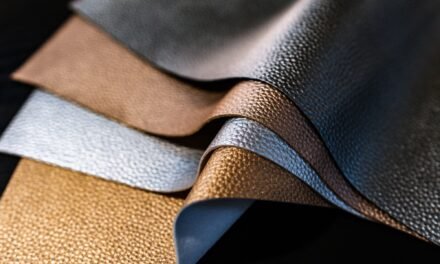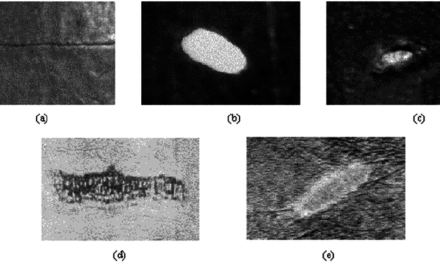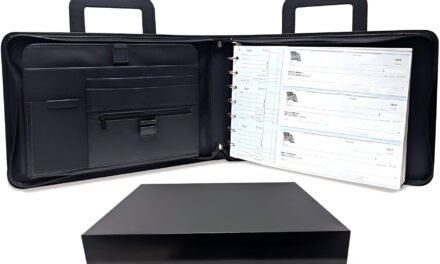Ensuring comfort in leather footwear involves a combination of thoughtful design, high-quality materials, advanced manufacturing techniques, and ergonomic considerations. Manufacturers address various aspects of comfort to meet consumer expectations. Here’s how they do it:
1. Material Selection
- High-Quality Leather:
- Full-grain and top-grain leathers are preferred for their flexibility, breathability, and ability to mold to the foot over time.
- Soft leathers, such as calfskin, are used for maximum comfort and reduced break-in time.
- Lining Materials:
- Soft, breathable linings (e.g., leather or fabric) enhance comfort by wicking moisture and preventing irritation.
2. Proper Fit and Sizing
- Anatomically Correct Lasts:
- Manufacturers use anatomically designed shoe lasts (foot molds) to ensure the shape of the shoe fits natural foot contours.
- Considerations include arch support, toe box space, and heel shape.
- Half Sizes and Widths:
- Offering multiple widths (narrow, standard, wide) and half sizes ensures a better fit for diverse foot shapes.
3. Cushioning and Support
- Insoles:
- Cushioned insoles, often made from memory foam, gel, or leather, provide shock absorption and reduce pressure points.
- Orthotic insoles may be included or available as an option for enhanced arch and heel support.
- Midsole Padding:
- Layers of EVA foam or polyurethane in the midsole add cushioning for all-day wear.
- Heel Padding:
- Extra cushioning at the heel reduces impact stress during walking or standing.
4. Sole Design
- Flexible Outsoles:
- Lightweight and flexible soles (e.g., rubber or thermoplastic polyurethane) ensure natural movement and reduce fatigue.
- Shock Absorption:
- Soles with built-in shock-absorbing technology (e.g., air-cushioning or foam layers) mitigate impact forces.
- Tread Patterns:
- Outsoles with appropriate traction patterns provide grip and stability, enhancing walking comfort.
5. Breathability
- Perforated Designs:
- Leather uppers with perforations or mesh inserts improve airflow, keeping feet cool and dry.
- Moisture-Wicking Linings:
- Linings that wick moisture prevent sweat buildup, reducing discomfort and odor.
6. Lightweight Construction
- Material Optimization:
- Lightweight leathers and components reduce the overall weight of the shoe, decreasing foot fatigue.
- Innovative Sole Materials:
- Lightweight sole materials, such as EVA or TPR, enhance mobility and comfort.
7. Ergonomic Design
- Arch Support:
- Contoured footbeds provide proper arch support, reducing strain on the feet, legs, and lower back.
- Toe Box Space:
- A roomy toe box prevents crowding and allows natural toe movement, reducing the risk of bunions or corns.
- Heel Height:
- Moderate heel heights (1–2 inches) maintain natural foot posture and prevent strain.
8. Construction Techniques
- Handcrafted Details:
- Hand-stitching and careful assembly minimize seams and pressure points that could cause irritation.
- Flexible Construction:
- Methods like Blake stitching or cemented construction allow the shoe to flex naturally with foot movement.
- Goodyear Welt Construction:
- Adds durability while maintaining flexibility, allowing for easy resoling and long-term comfort.
9. Testing and Feedback
- Wear Testing:
- Prototypes are tested by wearers under real-life conditions to identify and correct potential comfort issues.
- Customer Feedback:
- Manufacturers gather feedback to refine fit, materials, and design for future iterations.
10. Customization
- Bespoke Footwear:
- Custom-made leather shoes are crafted to fit the exact dimensions and needs of the wearer.
- Adjustable Features:
- Laces, buckles, or Velcro straps allow wearers to fine-tune the fit.
11. Addressing Specific Needs
- Orthopedic Features:
- Shoes designed for medical needs include custom insoles, extra padding, or specific heel and arch support.
- Anti-Fatigue Technology:
- Features like rocker soles or energy-returning midsoles reduce strain during prolonged standing or walking.
12. Break-In Period Considerations
- Pre-Softened Leather:
- Manufacturers treat leather with conditioners to reduce stiffness and shorten the break-in period.
- Minimal Seams:
- Reducing internal seams minimizes friction and prevents blisters during the break-in phase.
13. Seasonal Comfort
- Cold Weather:
- Insulated linings (e.g., shearling or Thinsulate) keep feet warm.
- Hot Weather:
- Ventilated designs or moisture-wicking linings maintain coolness and comfort.
14. Sustainable and Eco-Friendly Materials
- Plant-Based Leathers:
- Alternatives like mushroom or pineapple leather provide comfort and sustainability.
- Eco-Conscious Linings:
- Natural fibers like bamboo or organic cotton enhance comfort while reducing environmental impact.
15. Post-Purchase Comfort Enhancements
- Aftermarket Insoles:
- Many manufacturers design shoes to accommodate custom or store-bought insoles for enhanced comfort.
- Shoe Care Guidance:
- Providing instructions for leather conditioning helps maintain softness and flexibility over time.
Conclusion
Manufacturers ensure comfort in leather footwear by combining high-quality materials, ergonomic design, advanced construction methods, and thorough testing. By addressing various aspects of fit, support, breathability, and flexibility, they create shoes that are both stylish and comfortable for a wide range of users and applications.
Hashtags
#ComfortInLeatherFootwear #ErgonomicShoeDesign #QualityLeatherShoes #FootwearComfortInnovation #LeatherShoeCraftsmanship #ComfortableFootwear #ShoeDesignTechnology #LeatherFootwearQuality #FootwearManufacturing #ComfortInEveryStep







